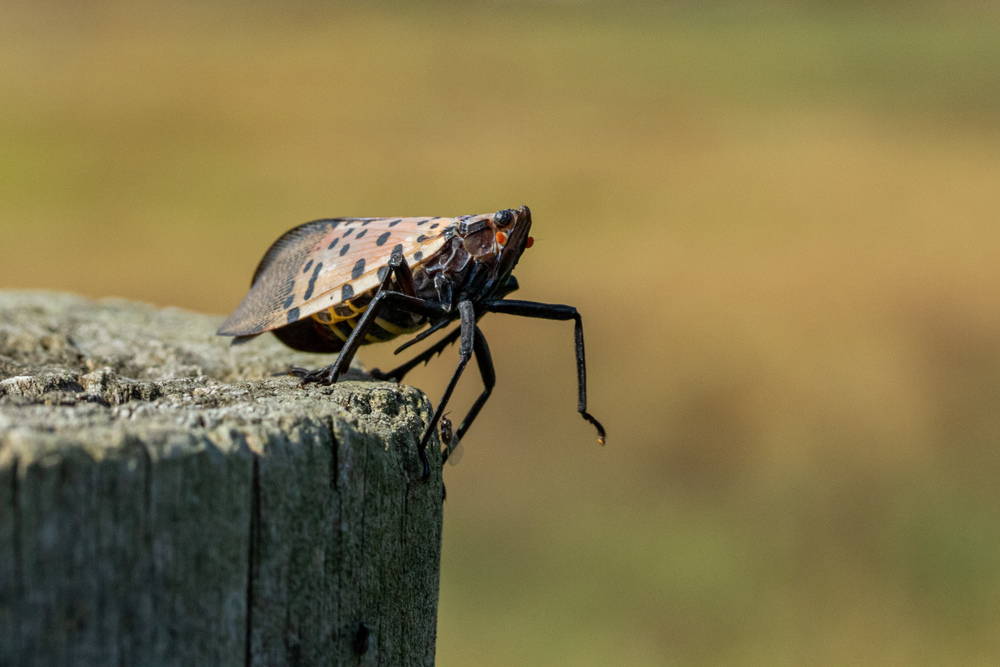Spotting the Spotted Lanternfly, a Known Pest
Insect native to Asia invades Pa.; PIT on front lines to end destructive path
By Jeff Martinelli
Published June 22, 2020
Read Time: 2 mins
“Spotted lanternfly” sounds like a summertime delight. It evokes memories of catching lightning bugs in the cool dusk after hot dogs and ice cream. You can almost hear a young child exclaiming, “Look! A spotted lanternfly!”
The reality is something different.
In fact, if you were to happen upon the bug, the Pennsylvania Department of Agriculture would probably prefer that you kill it and all the other lanternflies that are sure to be nearby rather than admiring it or posting a pic on social media.
No bigger than two to three inches, the small creature is creating huge headaches, not just for the trees and plants it destroys but also to the state economy — to the tune of possibly up to $300 million per year. (Yes, per year.)
“It has had a huge impact in the eastern and southeastern part of the state,” said Kevin Gurchak, director, environmental and workplace safety at Pittsburgh International Airport. “Because the lanternfly is a voracious forager it has the potential to cost several industries millions of dollars.”
In addition to the destruction of hardwood trees, spotted lanternflies also damage grapevines and fruit trees, feeding off the sap in those plants. While feeding, lanternflies also secrete honeydew – which creates a foul-smelling black mold on anything on which it lands.
The lanternfly, which is indigenous to Asia, was first spotted in 2014 in Pennsylvania in Berks County, but they are believed to have arrived two years earlier as unwanted cargo on either a ship or plane. Today the invasive pest can be found in 23 counties in the commonwealth, mostly concentrated in southeastern Pennsylvania. But a few lanternflies have been found recently in Allegheny and Beaver counties, landing the two southwestern Pennsylvania counties in a quarantine zone, which means businesses are required to follow certain protocols when operating vehicles.
Pittsburgh International Airport, which sits on approximately 8,800 acres of land, the overwhelming majority of which is undeveloped woods and fields, has many employees that drive into that environment while carrying out job duties. Now the airport is doing its part to eradicate this pest.
“We want to do what we can to stop the spread,” Gurchak said. “We are educating our employees on what it looks like and what measures to take to eradicate the lanternfly. We are being proactive by working with the United States Department of Agriculture to set traps and confirm if they are in the area.”
Additionally, the Allegheny County Airport Authority, which operates PIT and Allegheny County Airport in West Mifflin, Pa., has created a comprehensive training program that features the best way to identify and document, as well as eradicate lanternflies. The program is scheduled to be rolled out to ACAA staff by the end of the third quarter this year.
“Jim Macon, one of our field maintenance supervisors, brought this to our attention and has been the driver behind it,” Gurchak said. “What’s great about the training is that when it describes how to inspect your vehicle and such, it has information all staff can take home with them and use it with their cars and trucks. Together, it can all make a big difference.”
Watch
This Next
Read
This Next






